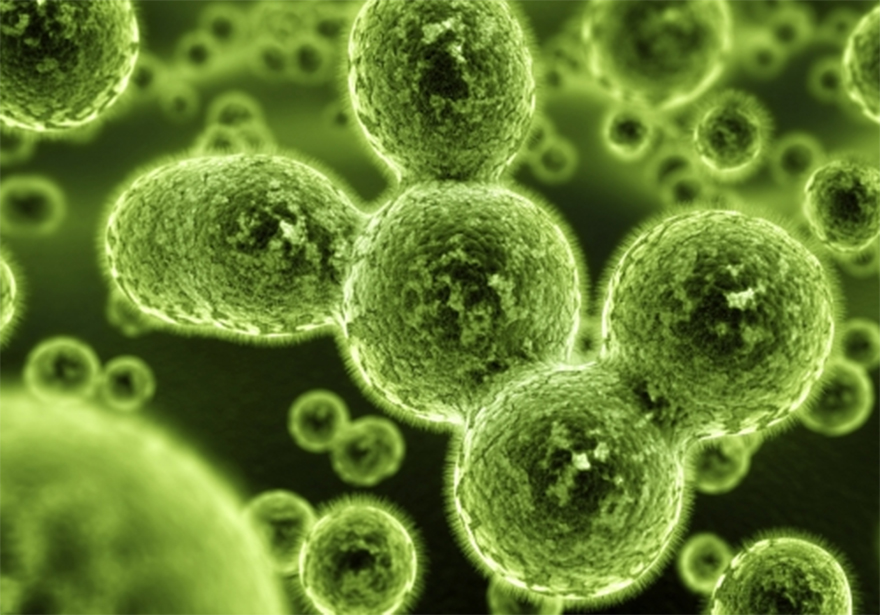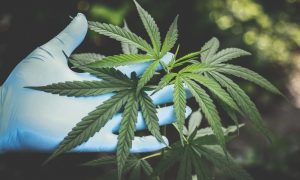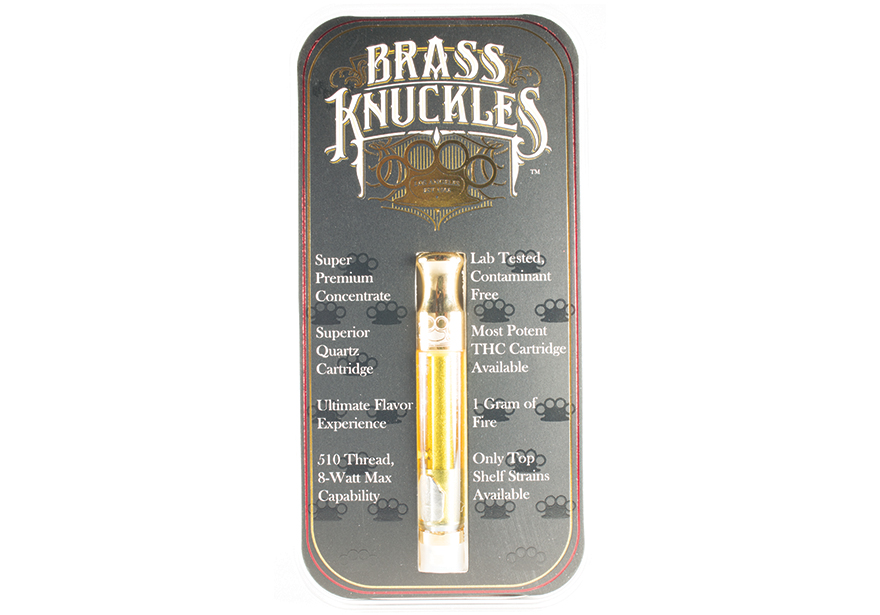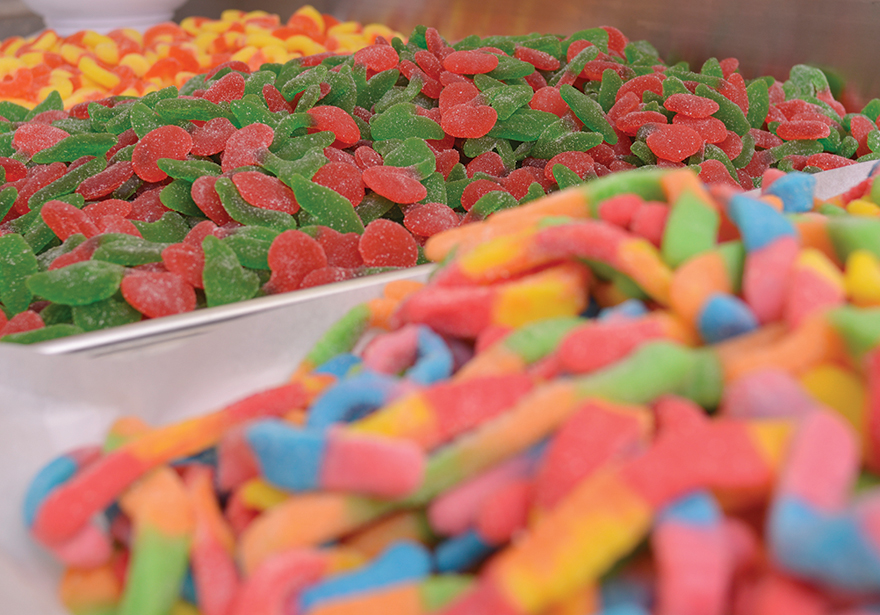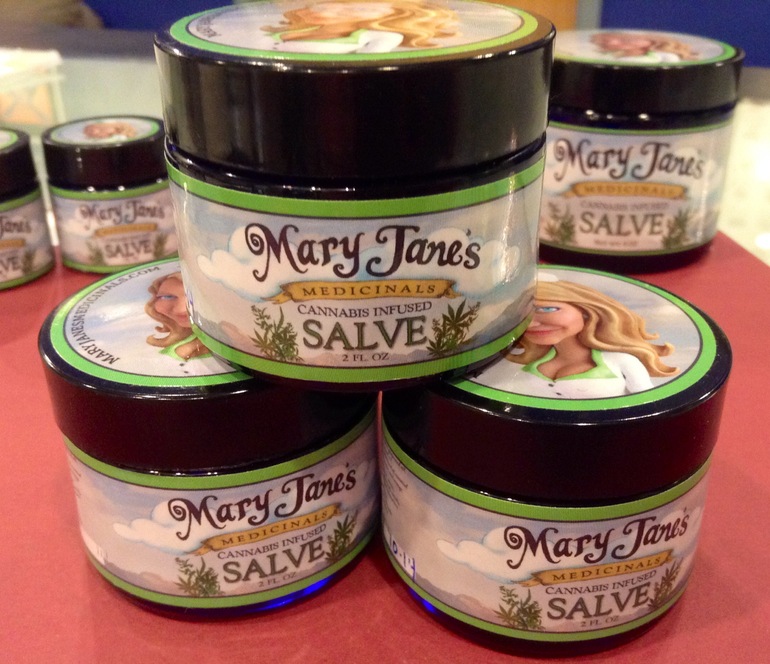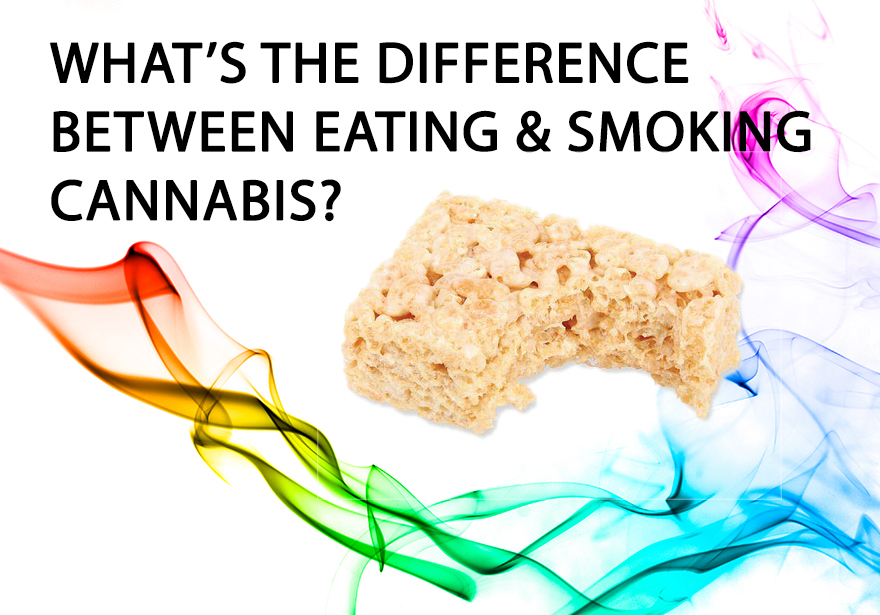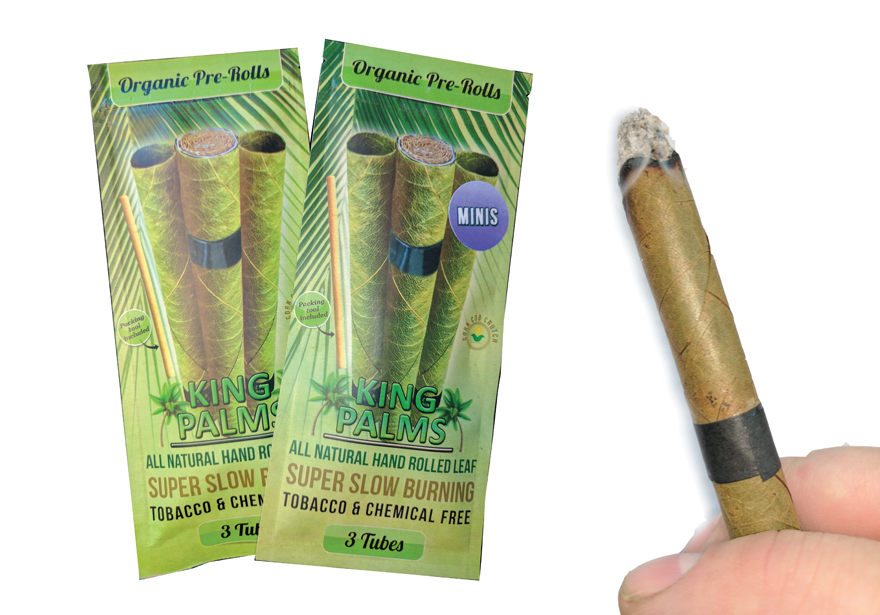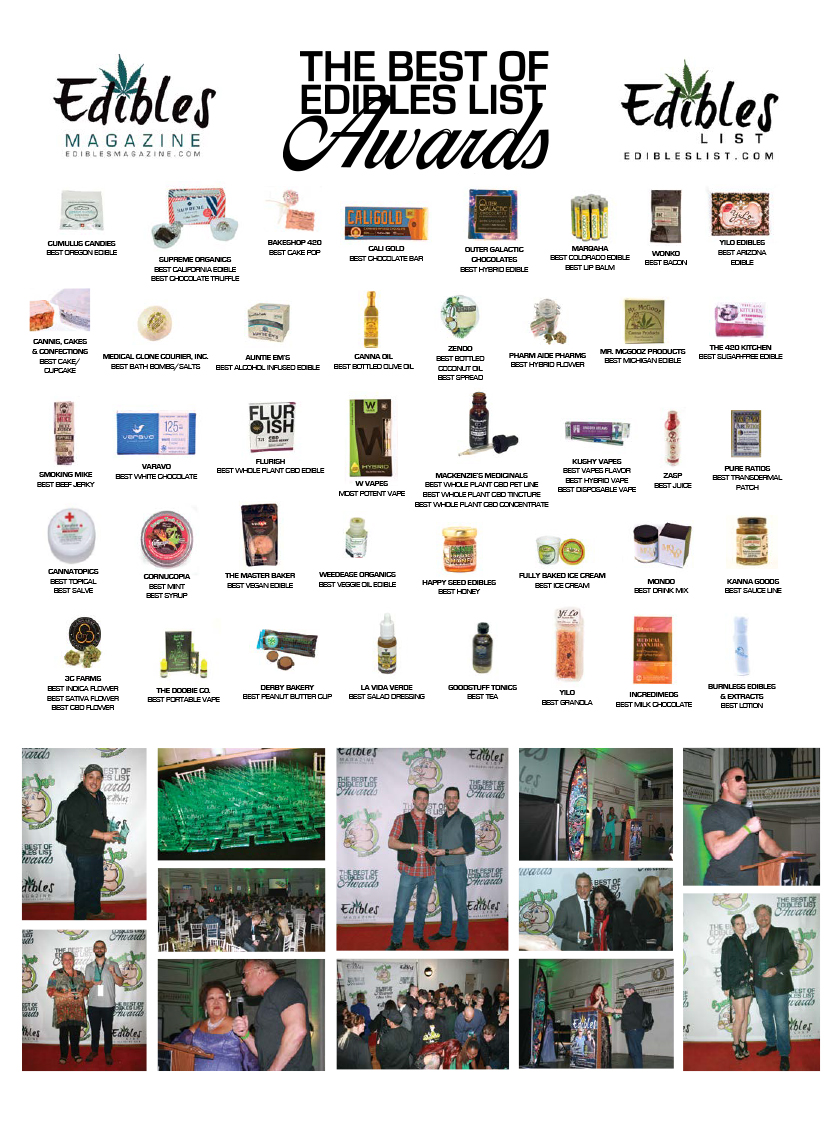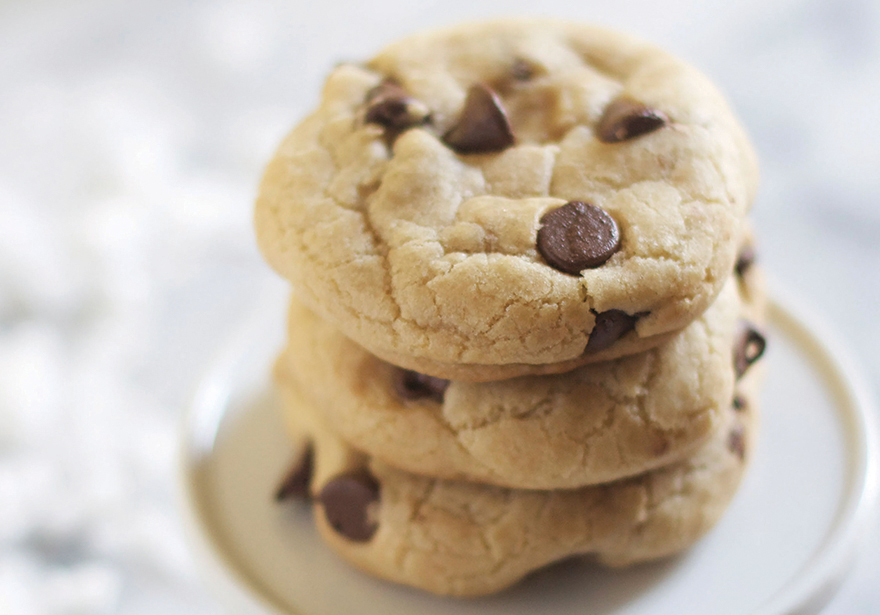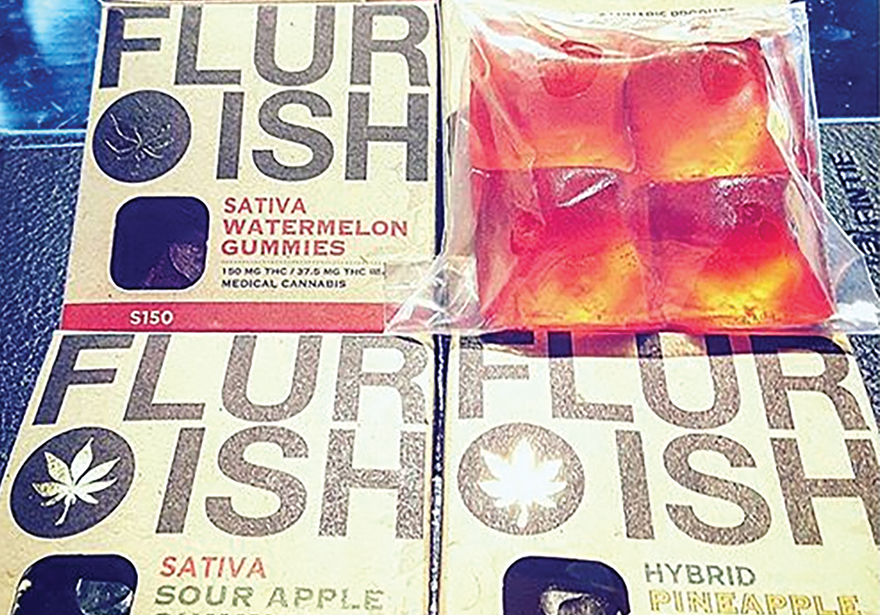There are countless foods we buy that can last a very long time, like thermally processed canned foods, diet soda, those protein shakes that they sell in the shelf stable cardboard boxes, and dry packaged items like spaghetti and rice. Those are the long lasting items—but there are many food items that don’t last a long time like fresh baked goods, meat, vegetables and fruit. These items can spoil fairly quickly when they are exposed to air, moisture, heat, and other microorganism friendly weather conditions.
Most microorganisms that cause spoilage in food are classified as bacteria, yeast or mold. Bacteria are tiny single-celled organisms that come in a variety of shapes and sizes. Bacterial growth cannot normally be seen, but the resulting damage that occurs when spoilage bacteria grow in food (bad odors and flavors, physical changes, etc.) is how we are able to detect that spoilage has occurred. Yeast and mold are both members of the fungi family, and are the cause of more visible spoilage in foods. Spoilage caused by yeast and mold can be seen easily as it grows and spreads on the surface of a food product. Mold is often seen as a fuzzy colored mass, while yeast will display itself as a white to pink/red circle on the spoiled food.
But how do these microorganisms get into your food in the first place? The microorganisms that are capable of spoiling food are ubiquitous in nature. They grow in the soil, land and air and also live on the skins of fruits, vegetables, animals and humans. They live inside the intestinal tracts of animals and can grow on improperly sanitized kitchen equipment with leftover residual food from the last production run. They can be transported directly to food via unwashed hands and dirty utensils. Spoilage organisms seek out opportunities to invade the flesh of any plant or animal tissue that can provide the specific nutrients and growth conditions that they need to survive. People who prepare food for consumption need to make sure they minimize the environmental conditions that promote microorganism growth. Generally speaking, products that have lots of moisture like meat, fruit and juices should be kept refrigerated. This will dramatically slow down microorganism growth. Products that are typically dry in nature like granola bars, cookies and candy should be packaged well to keep the outside moisture out. If moisture gets into a dry food product, that food will now be moist and support bacteria growth.
The cannabis edibles industry is typically known for infusing baked goods and candy for sale at dispensaries and cannabis shows. These food items are easy to make and infuse and typically can last quite a while before going bad. However, as entrepreneurs become more creative with their food ideas, they experience more rapid spoilage. Here are a few tips to slow down mold growth in your food products:
Be as sanitary as possible during the entire production process: Wash up, wear gloves when handling post cooked cooled foods and sanitize all your cooking equipment before and after using. This will reduce the amount of bacteria, yeasts and mold.
Bake the brownies/cookies till they are very very dry: Moist baked goods are delicious if you plan to eat them within 24 hours. However, a moist brownie that sits on the shelf for a few weeks, has water in it that can support the growth of microorganisms. The more water you take away, the harder it is for them to grow.
If you must keep the brownie moist, add preservatives: Preservatives come in many forms such as potassium sorbate, sodium benzoate and cultured dextrose. They are an additional layer of defense that will slow down yeast and mold even in a moist environment.
Gummy bears should be kept dry too: Those gummy bears you buy at the store went through a 2-day severe drying process in special dehumidified rooms with dehydrators. This is why store bought gummies don’t get moldy. Most entrepreneurs and small batch manufacturers don’t have that type of drying equipment, so the final gelatin treat retains moisture and can become moldy. If you can’t sufficiently dry out the gummies you should keep them refrigerated. Adding extra sugar helps too, it binds up the water making it unavailable for microorganism growth.
Big food companies spent years trying to extend the shelf life of their food products. Their food scientists scrutinize over detail of the product like precise sugar percentages, product pH, moisture levels, water activity and soluble solids. They try to adjust those product details to ensure they do not support bacteria growth. This type of research takes time and you too will have to adjust your recipe frequently. By utilizing math, technical measuring tools and the scientific method you will be able to isolate and fix your mold issues.
Rachel Zemser, thecannabisculinologist.com

